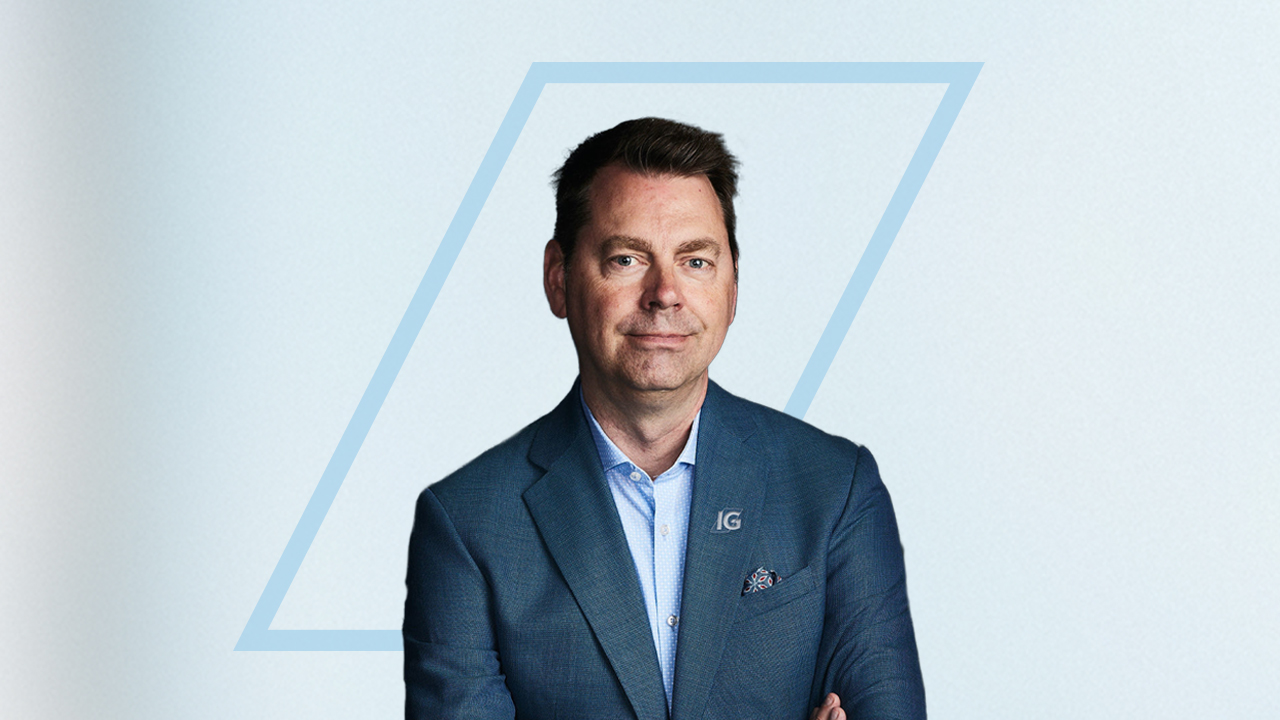Getting your retirement plan right is crucial; you need to be confident that your money will last throughout your retirement, while giving you the standard of living you need.
That’s why it’s important to have a solid financial plan and also dependable advice. There have been a number of myths about retirement planning circulating for years that can have a negative impact on your retirement plans. Let’s take a look at some of the more common ones and the reality that lies behind them.
1. The cost of living will be lower in retirement
A very common retirement myth among Canadians is that their income needs will be much lower once they stop working. After all, they won’t have those commuting costs or need to make mortgage payments. But is this realistic?
Many financial advisors suggest you should plan to have as much as 80% of your working income in retirement, or more if you plan on an active retirement involving travel. There are also other factors at play that can make retirement more expensive than you might have expected.
For starters, plenty of Canadians have debt in retirement (14% still have a mortgage and 42% have some kind of debt). Managing debt in retirement will have an impact on your disposable income.
Many retired (or soon-to-be retired) Canadians are still supporting their adult children financially, for example with their education costs or to help them make a down payment on a new home. And divorced retirees could find that relying on a single income and splitting up the family home have left them with less retirement income to draw from.
Higher life expectancy also brings challenges. The longer we live, the more likely we are to have health issues. Depending on your province, you could have substantial outlays for prescription drugs, dental treatment, physiotherapy and medical equipment.
You could also have considerable costs to pay for in-home care, a care home or renovations to make your home more accessible if you develop mobility issues. All of these will add to your cost of living in retirement.
2. RRSPs are a complete retirement plan
This is a potentially harmful retirement myth, given that many people will need more than their RRSP income to bring them a comfortable retirement. While RRSPs undoubtedly provide a very tax-efficient way of investing for retirement, they are only one piece of the puzzle. A comprehensive retirement plan will also take into account numerous income sources, such as:
- Canada Pension Plan/Quebec Pension Plan (CPP/QPP)
- Old Age Security (OAS)
- Company pensions
- Tax-Free Savings Accounts (TFSAs)
- Dividends and other income from non-registered investments
- Rental income from investment properties
Most Canadians will rely on several of these income sources, not only to give them a comfortable retirement but also to provide the kind of flexibility that will allow their retirement income to be as tax efficient as possible.
TFSAs, for example, are a particularly flexible and tax-efficient way of saving for retirement. All of the returns (from interest, dividends and capital gains) are tax free, and they can be used in retirement to help you maintain a consistent income at the lowest tax bracket possible.
Also, an investment plan is not a retirement plan. RRSPs are one part of an investment plan, but a real retirement plan also includes estate planning, life insurance and tax efficiencies.
3. One million dollars is enough for retirement
This has been a long-running myth about retirement, with that magic million-dollar figure a common target to ensure a secure retirement. However, the amount that any investor will need when they retire will depend on a whole array of variables, with the target amount being unique to each person.
If you withdraw 4% of that million per year in retirement (a commonly used percentage to ensure you don’t run out of money) you’ll have $40,000 annually. When you combine this with other retirement income, as detailed above, this figure could be too much or too little for some people.
Here are some of the key issues you need to consider when working out how much you’ll need to save for your retirement:
- When do you intend to retire? An income of $40,000 may be enough if you retired today, but how much would that buy if you retire in 2047 or 2062? Millennials and Gen Z investors may need to save considerably more than $1 million.
- Do you expect to inherit money? A large inheritance could considerably reduce the amount you need to save for retirement.
- What kind of retirement do you want? If you intend to be very active and travel a lot, you’ll need more savings than someone who wants to stay home and spend more time with the grandkids.
- What other retirement income can you rely on? CPP/QPP and OAS? Company pension? If you have little in other retirement income, you may need to save more.
- When do you plan on retiring? Early retirement typically requires more in savings. Conversely, the later you wait to draw CPP/QPP and OAS, the more they’ll be worth to you (up to 42% more).
- How much will you owe in retirement? Will you be debt-free or will you be carrying a mortgage or other long-term debts? The more you owe, the more savings you’ll need.
As you can see, knowing how much you’ll need for a comfortable retirement is complex. To get a more precise figure than $1 million, you should consider working with a financial advisor and setting up a comprehensive retirement plan.
4. Retirement plan portfolios should be conservative
This retirement myth may have had some truth to it several decades ago, when people had much shorter retirements. Now, Canadians could realistically expect their retirement to last 25 years or longer. Retirement portfolios that need to support you for this many years aren’t going to experience significant growth if they’re made up exclusively of bonds. A conservative retirement portfolio runs the risk of running out of money.
Comprehensive retirement plans are designed to bring you the retirement income you need while delivering sufficient growth to protect against inflation, and also protecting against market volatility. It’s a tricky juggling act, but one that a good financial advisor can deliver.
5. Never carry debt into retirement
While this might seem like common sense (with no debts, you’d need less retirement income), this is another one of those myths about retirement because it’s not realistic or practical. As we’ve seen, close to half of retired Canadians carry some sort of debt.
It’s important to differentiate between good and bad debt. You certainly don’t want to be carrying tens of thousands of dollars’ worth of high-interest credit card debt when you’re retired. Payments and high interest will eat away at your income.
A home equity line of credit (HELOC), on the other hand, can be a very useful financial tool in retirement. It typically has lower interest than other forms of loans (apart from mortgages) and is extremely flexible. You can pay it off over a long period of time, and payments can be as little as the interest accrued that month. HELOCs can be really useful for paying for big-ticket items, such as home renovations or foreign travel.
If your investments are making good returns (such as 7% or above) it could make sense to continue paying a mortgage at 5% or use some of your HELOC to invest, if its interest rate is much lower.
Financial planning that ignores myths about retirement
An IG advisor understands the complexities of retirement planning and has heard all of the retirement myths. They can work out exactly how much you’ll need to save (and know it probably won’t be $1 million) and the kind of portfolio you need at your stage in life to get there.
If you’re still concerned about any of these myths about retirement, talk to your IG advisor. If you don’t have an IG advisor, you can find one here.
Written and published by IG Wealth Management as a general source of information only. Not intended as a solicitation to buy or sell specific investments, or to provide tax, legal or investment advice. Seek advice on your specific circumstances from an IG Wealth Management Consultant.








